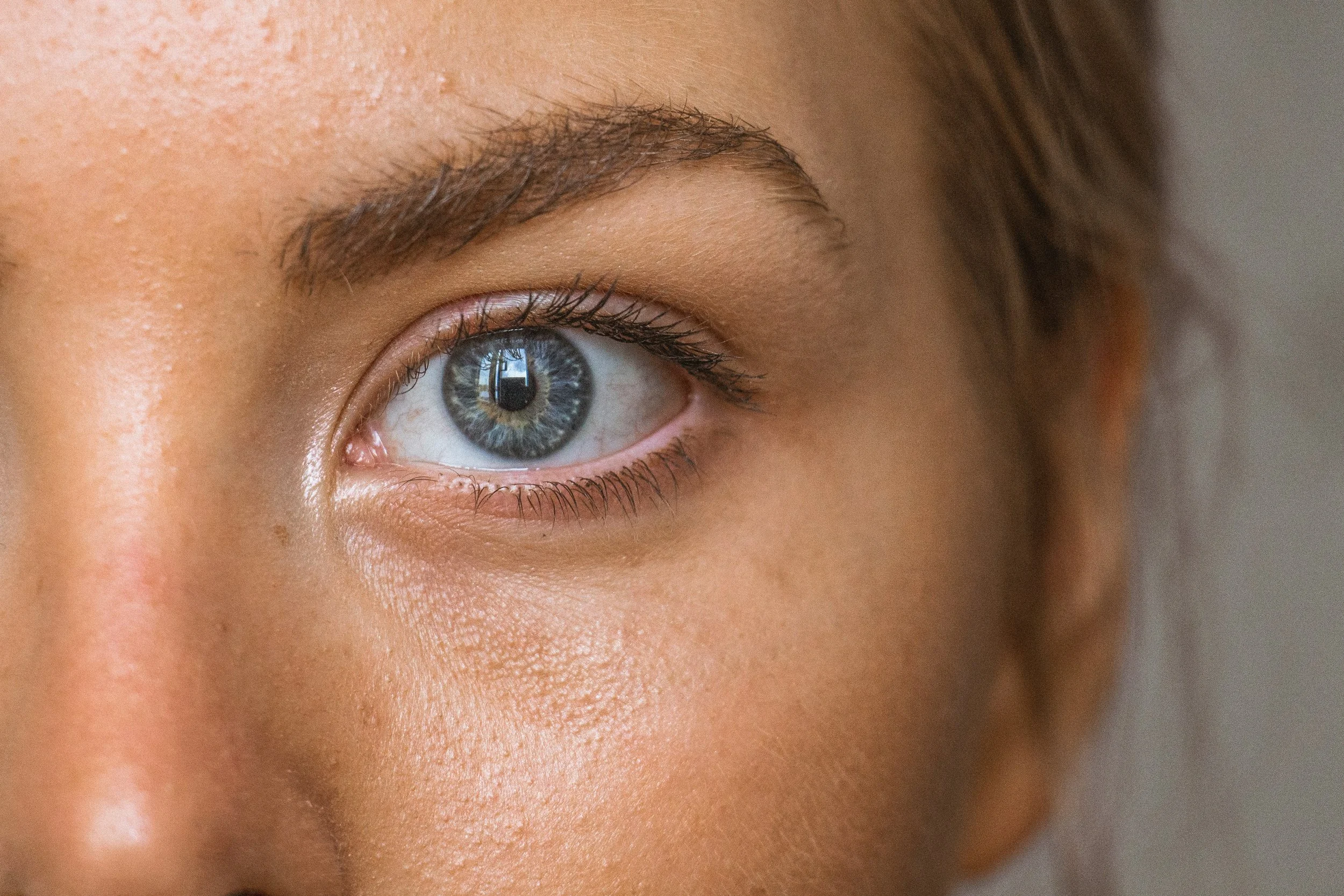The Beauty of the Eyes: Exploring Eye Color Variations
Eyes are often considered the windows to the soul, and their colour can be as mesmerising as it is diverse. Eye colour is a unique characteristic that varies widely among individuals, influenced by genetics, geography, and even health. In this blog, we'll delve into the fascinating world of eye colour variations, exploring the science behind it and sharing some intriguing facts that highlight the beauty and complexity of our eyes.
The Science Behind Eye Colour:
Eye colour is determined by the pigmentation of the iris and the scattering of light within the eye. The primary pigment responsible for eye colour is melanin, which is also found in our skin and hair. The amount and distribution of melanin in the iris dictate the eye colour, ranging from the darkest brown to the lightest blue
Brown Eyes:
Common: Brown is the most common eye colour worldwide, with over 55% of the global population possessing brown eyes.
Melanin Abundance: High levels of melanin result in darker brown eyes, providing greater protection against harmful UV rays.
Geographic Prevalence: Brown eyes are prevalent across Africa, Asia, and the Americas.
Blue Eyes:
Genetic Mutation: Blue eyes are the result of a genetic mutation that reduces melanin production in the iris.
Rarity: Only about 8-10% of the world's population has blue eyes.
Geographic Distribution: Commonly found in individuals of European descent, especially in countries like Estonia, Finland, and Sweden.
Green Eyes:
Unique Combination: Green eyes result from a combination of low to moderate melanin levels and a yellowish pigment called lipochrome.
Rarest Colour: Green eyes are among the rarest, with only about 2% of the global population having this eye colour.
Geographic Hotspots: Found more frequently in people of Celtic and Germanic ancestry.
Hazel Eyes:
Mixed Colours: Hazel eyes are a blend of brown and green, sometimes with gold or amber tones.
Dynamic Appearance: They often appear to change colour based on lighting and clothing.
Geographic Spread: Hazel eyes are common in people of European and Middle Eastern descent.
Grey Eyes:
Less Melanin: Grey eyes have even less melanin than blue eyes, often appearing to have a smoky or silvery hue.
Mystical and Rare: Grey eyes are quite rare and can be found in about 1% of the population.
Light Sensitivity: Individuals with grey eyes may be more sensitive to light due to lower melanin levels.
Interesting Facts About Eye Colour:
1. Changing Colours: Eye colour can change over time due to factors like age, trauma, or certain medical conditions. Babies often have blue or grey eyes at birth that may darken as melanin develops.
2. Heterochromia: This condition causes an individual to have two different colorer eyes or variations within one eye. It can be genetic or result from injury or illness.
3. Cultural Significance: Different cultures attribute various meanings to eye colours. For example, in many cultures, blue eyes are often associated with beauty and purity, while brown eyes symbolise strength and reliability.
4. Eye Colour and Personality: Some studies suggest that eye colour might be linked to personality traits, with blue-eyed individuals often perceived as more introspective and brown-eyed people seen as more agreeable.
5. Albino Eyes: Individuals with albinism typically have very light blue or even reddish eyes due to a lack of melanin. The reddish hue is caused by the reflection of light off blood vessels in the retina.
Eye colour is a fascinating and diverse trait that adds to the uniqueness of each individual. From the commonality of brown eyes to the rarity of green and grey, the spectrum of eye colours highlights the incredible variability of human genetics. Whether you're gazing into a pair of deep brown eyes or marvelling at striking blue or green irises, the beauty and mystery of eye colour are sure to captivate and inspire.



